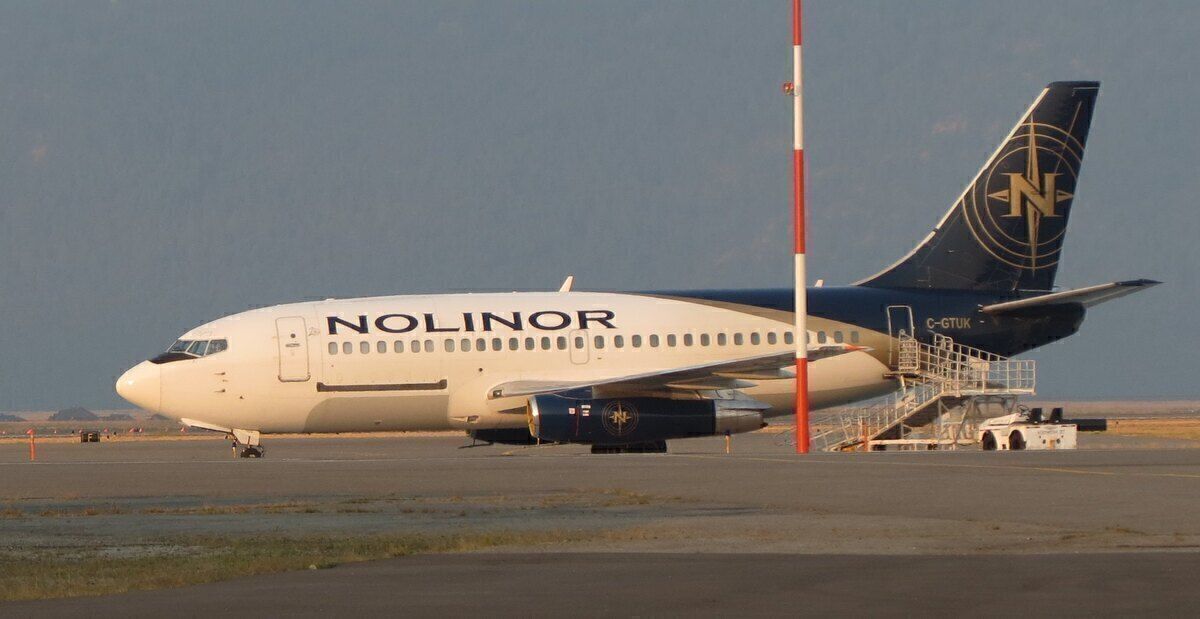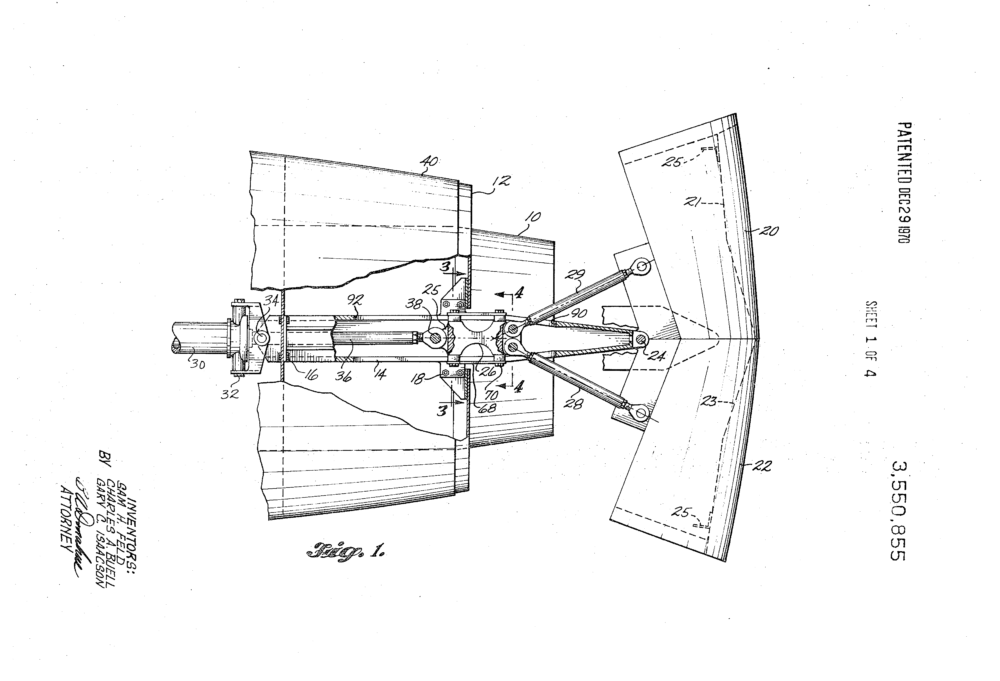The Boeing 737-200 is, understandably, an increasingly rare sight around the world. With the first aircraft of this type delivered in 1968, over 50 years have passed since it was considered brand new. With over 1,000 737-200s (including the combi) produced, most of these have since been retired and scrapped. However, Canada's Nolinor Aviation is one of the few airlines still operating the type- and we found a cool video that shows its thrust reverser in action.
Thrust reversers opening (and closing)
The video, embedded below, shows a Nolinor Aviation 737-200's thrust reverser opening and closing repeatedly during maintenance. Part of the video's description reads, "watch your hands!" Once you watch the video, you'll understand why!
Another video we found shows what this looks like when deployed in the real world, taken from a passenger window:
Stay informed: Sign up for our daily and weekly aviation news digests.
What is a thrust reverser?
Built in a number of ways, a thrust reverser redirects the flow of exhaust gases. In addition to flaps and brakes, this is used to slow down an aircraft's speed upon landing- which is particularly useful when the aircraft is on the heavier side and/or when the runway surface lacks sufficient traction. In addition to conventional runways on rainy days, thrust reversers are also quite handy for aircraft landing on ice strips, demonstrated in the video below.
The target-type reverser
The type of thrust reverser featured in the videos above is known as a bucket target system. A 2013 paper published in the International Journal of Engineering Research and Technology explains that this system is hydraulically actuated and "uses bucket-type doors to reverse the hot gas stream."
"The thrust reverser doors are actuated by means of a conventional pushrod system. A single hydraulic powered actuator is connected to a drive idler, actuating the doors through a pair of pushrods (one for each door)."
According to the original patent filing made by Boeing, the reverser is "particularly well adapted for use on small jet engines of the 3,000-pound thrust class." The text notes that this type of unit is reliable, economical, and lightweight. Additionally, it is essentially self-contained and "may be readily installed on, and removed from the nacelle structure of aircraft presently in service."
A much more common system found on many commercial passenger jets these days is known as a cascade reverser- which we explain more in-depth in a different article.
Where are Nolinor's 737-200s now?
As for the 737-200s that sparked this article, these aircraft continue to fly for Canada's Nolinor Aviation. Among the active jets are those registered C-GNLN, C-GNLK, and C-GNLW.
These combi jets have been flying between Montreal and Val-d'Or in Quebec, to more remote communities in northern Manitoba, Quebec - and the Yukon, Nunavut, and Northwest Territories. C-GNLW, for example, has been flying fairly regular service to Agnico-Eagle Meadowbank Gold Mine - no doubt putting its gravel kit to good use.
Have you flown on a 737-200 and seen these reverse thrusters in use? Let us know in the comments.


